"We thought Lloyd's building was the ultimate in technology, but it's practically hand made"
In the next movie in our series focussing on key projects by Richard Rogers, the British architect talks exclusively to Dezeen about his radical Lloyd's building in London and explains why he is not completely comfortable with the "high-tech" label that is often applied to his work.

Completed in 1986 for insurance company Lloyd's of London, the Lloyd's building comprises three main towers, each with an accompanying service tower, which surround a central rectangular atrium housing the main trading floor.
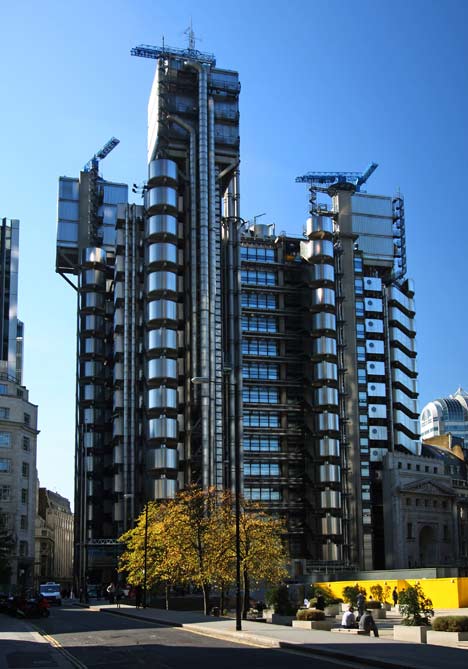
Often cited as a pioneering example of high-tech architecture, Lloyd's building was considered radical because, like Rogers' preceding Centre Pompidou in Paris, all of its services, including staircases, lifts and water pipes, are on display on the outside of the building.
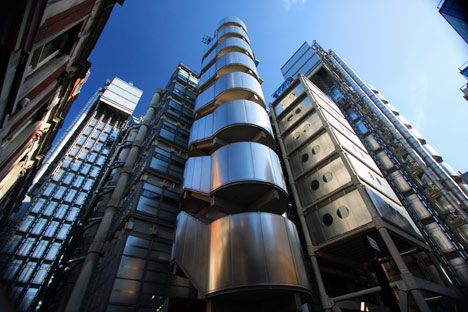
"We were able to convince Lloyd’s that we would put the mechanical services on the outside because mechanical services have a short life," Rogers explains.
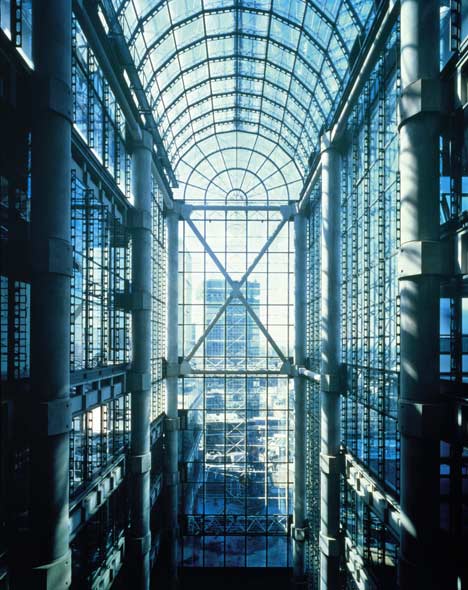
As with the Centre Pompidou, the idea was to make the central spaces as open and flexible as possible. "[We] kept the floors clear because Lloyd’s said they wanted two things," Rogers says.
"They wanted a building that would last into the next century - we met that one - and they wanted a building that could meet their changing needs."
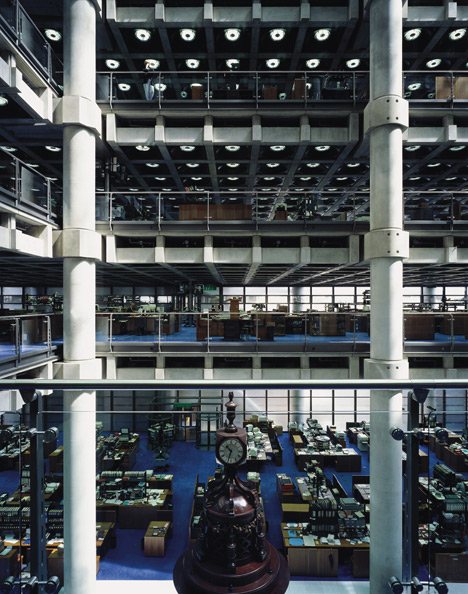
However, Rogers says that he does not completely agree with the use of the term "high-tech" to describe the building.
"I have no great love for high-tech," he says. "One would like to think one uses the appropriate materials, but of course appropriate materials are shaped by the time you live in. So we use the technology of today - and the technology of yesterday where appropriate - to build the buildings of today."
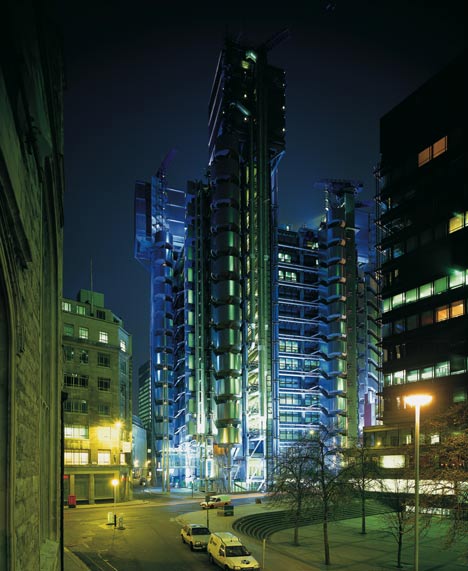
He continues: "We thought Lloyd's was the absolute ultimate in the art of technology. When I look at it now, it's practically hand made. People say, ‘well, it’s technology and therefore it’s a high-tech building.' It’s a bit too easy."
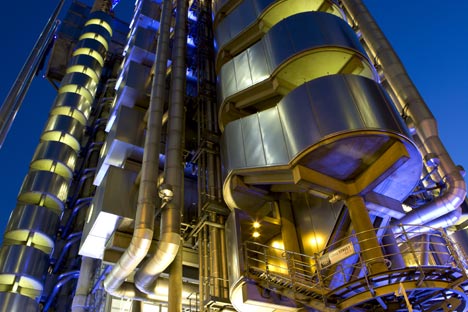
A 200 year-old City of London institution at the time, Lloyd's seemed an unlikely client for such a bold building.
"It was very traditional," Rogers says. "The only bit of technology when we went to see the [previous] Lloyd’s building inside was a Xerox machine and some people were still writing with feathers and ink."
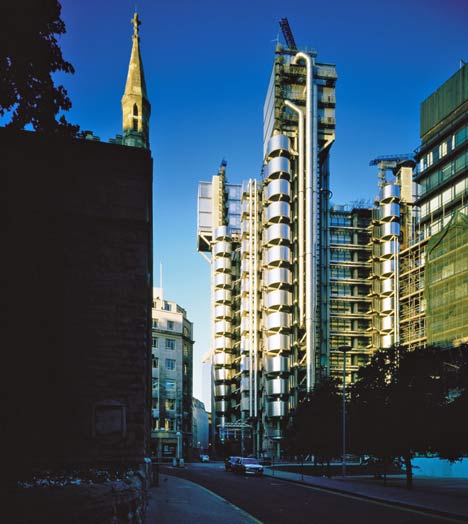
However, Rogers says that the company was actually very forward-looking. "It was backwards only in the process," he says. "Of course, it was the most famous insurance firm in the world and obviously contained a very cutting-edge element within that."
He continues: "We were again extremely fortunate, in the same way as we were with the Pompidou. The real critical thing in architecture is having a good client. A good client is not somebody who just says 'yes', it’s a client that is engaged in the evolution of the building, who responds."
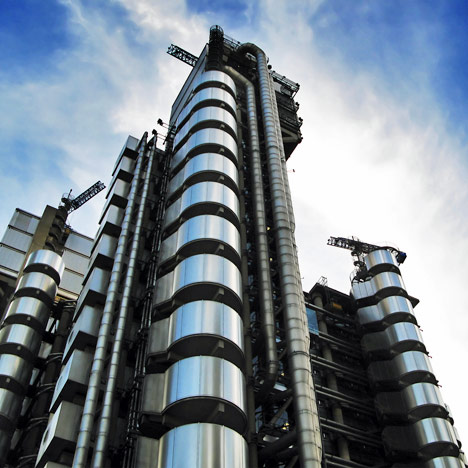
While Rogers worked closely with Lloyd's on the functional aspects of the building, he says he had more freedom over the aesthetics. "We were dealing with people who knew about change, knew about risk, but hadn’t a clue about art," he explains. "The ducts, the pieces on the outside, allowed us to play a game with light and shadow."

Despite enjoying a productive relationship with Lloyd's initially, there were still challenges to overcome to get the building built.
"A year before the end of building, there was an investigation by the Bank of England into Lloyd’s and the chairman and everyone had to resign," Rogers says. "The next chairman hated us, so we had a very tough last year."
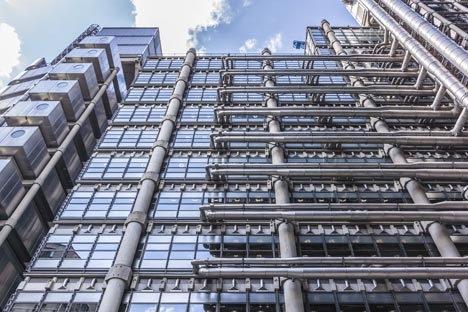
Rogers says that the general reaction to the building once it was completed was also hostile, although opinion changed over time. Lloyd's building was Grade I listed in 2011, just 25 years after it was built, and Rogers sees parallels between it and Christopher Wren's iconic St Paul's Cathedral.
"Wren was in his seventies when he at last got St Paul's built," he says, recounting a story that the dean of St Paul's Cathedral told him at the opening of Lloyd's building. "He’d started thirty years beforehand and was so tired of having his building attacked and turned down, by the time he got to building it he put a twenty foot fence all around the site so that nobody could see it."
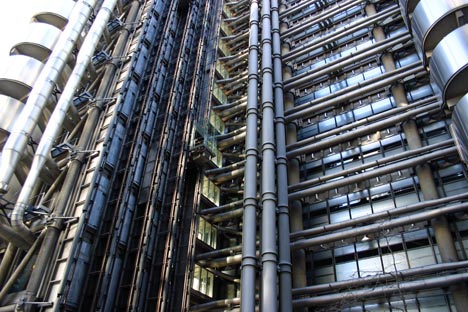
"So even St Paul’s was a shock of the new. We think its been there forever - certainly Prince Charles thinks it has been there forever - but it hasn’t. It was a risky building to build in those times, which is why it is great."
Rogers was speaking to Dezeen to mark the opening of an exhibition called Richard Rogers RA: Inside Out at the Royal Academy of Arts in London.
Watch our previous interview with Rogers about the exhibition »
See our earlier story about the exhibition »
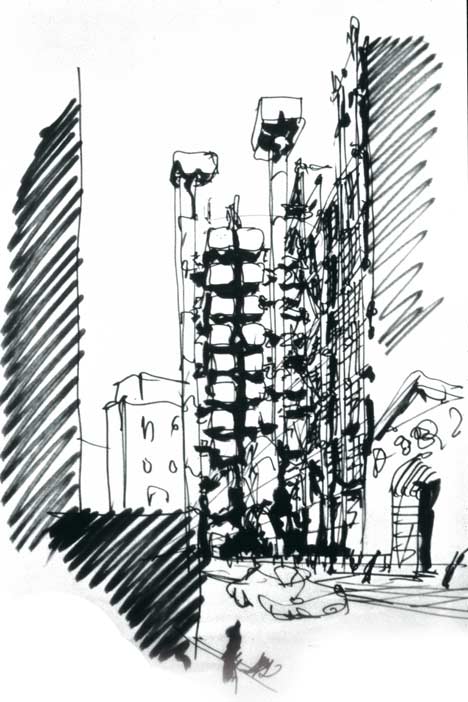
The London home designed by Rogers for his parents, and which influenced his later design for the Pompidou Centre, was recently put on the market for the first time since it was built in 1968.
Read the full story about Rogers House »
See all our stories about Richard Rogers »